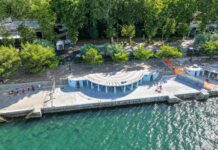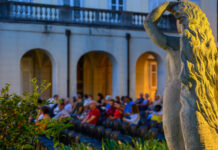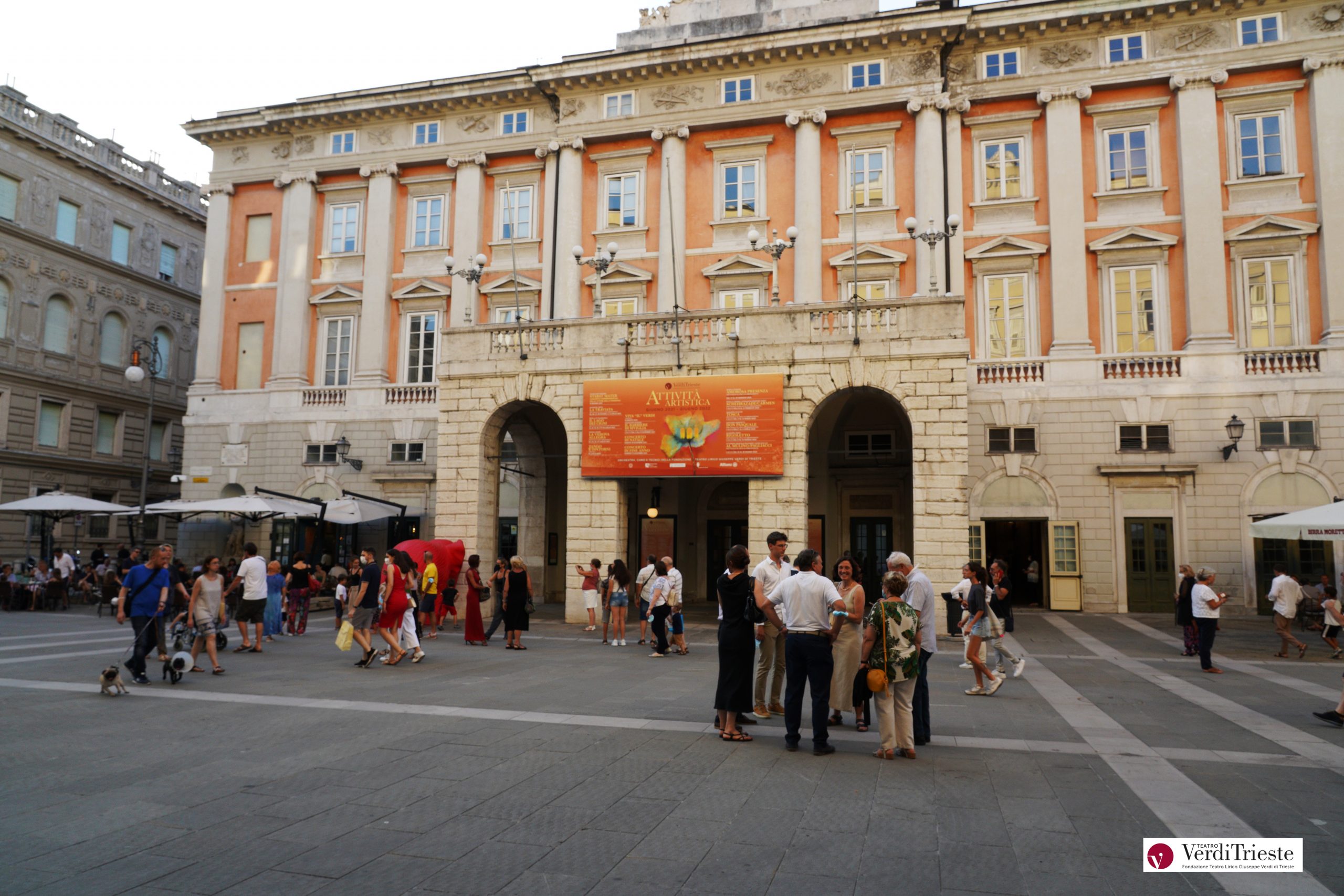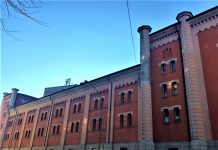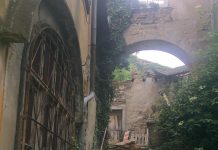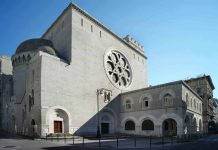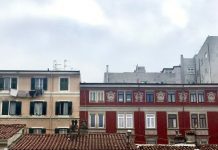History
This category is all about the history of Trieste. Trieste’s history is as complex and diverse as the 200,000 population of this beautiful city by the Adriatic.
Trieste belonged to the Habsburg monarchy from 1382 until 1918. In the 19th century the monarchy was one of the Great Powers of Europe with Trieste being its most important seaport. As a prosperous trading hub in the Mitteleuropean part of Europe, Trieste became the fourth largest city of the Austro-Hungarian Empire.
In the end of century period Trieste became an important center for literature and music scene. Trieste underwent an economic revival during the 1930s, and the Free Territory of Trieste became a major site of the struggle between the Eastern and Western oppositions after the Second World War.
Trieste, a deep-water port, is a maritime gateway for Northern Italy. It’s the center of Europe as it is the south, east and west of European countries.
It is considered the end point of the Maritime Silk Road, with its connections to the Suez Canal and Turkey.
Since the 1960s, Trieste has emerged as a prominent research location in Europe because of its many international organizations and institutions, which include SISSA, ICTP and ICGEB.
The city lies at the intersection of Latin, Slavic and Germanic cultures where nations and cultures meet and collide, making Trieste home to diverse ethnic groups and religious communities.



